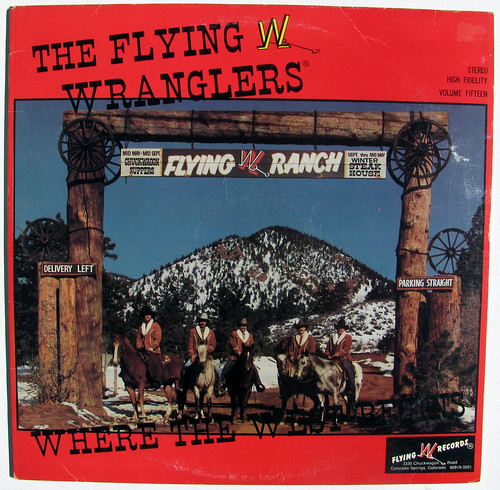
The Flying W Ranch in Colorado Springs wasn’t just a tourist attraction. It was part of the Pikes Peak region’s history.
And on Tuesday, it burned to the ground in a brewing wildfire that went wild.
“It’s a sad day for the Flying W Ranch. With much sadness we have to report that the Flying W Ranch as well as several homes in the Mountain Shadows area has in fact been burned to the ground,” the ranch management said on its website. “We ask that in this sad time that you remember the Flying W and the Wolfe family who has owned and operated the Flying W Ranch since 1953.
“If you have made an online reservation or a deposit your money will be refunded at a later date when we have had a chance to gather our thoughts. We ask that you pray for all the families within the area and assure you we will rebuild.”
Russ Wolfe, now 87, and his late wife, Marian, moved to the Pikes Peak region from Kansas in 1948, Russ Wolfe told The Gazette in an interview several years ago. They took over a working cattle and horse ranch on what is now the northwest side of Colorado Springs. The ranch’s brand featured a “w” with two lines sticking out from underneath it, and they called it the Flying W, he said at the time.
The ranch, according to The Gazette’s story, stretched west from what is now Centennial Boulevard, and from Garden of the Gods Road north to the Air Force Academy.
The Wolfes sold about 800 acres of the ranch in the early 1980s to developers of the Mountain Shadows neighborhood. Marian Wolfe’s sister had another 1,200 acres, called the Reed Ranch, mostly east of Centennial. It was sold to make way for the Pinon Valley neighborhood and much of the high-tech corridor north of Garden of the Gods Road.
In 1949 or 1950, the Wolfes began offering horseback rides. As a way to “make the horses work another two hours,” Wolfe said years ago, they started offering evening horse rides, and Marian would meet a group of riders with dinner. A few dozen people would sit around a campfire and sing before riding back to the ranch in the dark.
Then, visitors began coming just for dinner.
“After a while, we still had 20 horses, but 400 people for dinner,” Russ said. “Then we had 20 horses and 800 people for dinner, and then 20 horses and 1,000 people,” Wolfe said.
Eventually, Wolfe said, “we finally just got rid of the horses.”
More @ Gazette

No comments:
Post a Comment